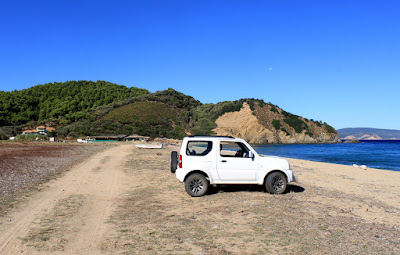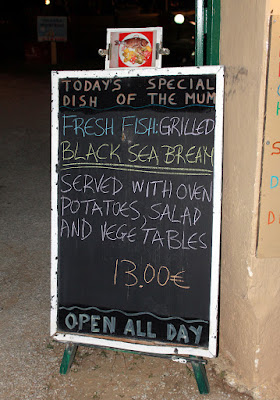After two weeks in Greece I was keen to get back on the local scene but with an iffy forecast and a grey, overcast sky I thought there might be no birding. And then the clouds lifted a little to brighten both the sky and my mood so I set off over the moss roads.
Even on Thursday/Friday a few things were immediately noticeable, the seeming lack of Swallows and the sudden arrival of large numbers of Pink-footed Geese.
While in Greece I saw thousands of Red-rumped Swallows but our local Barn Swallows have mostly gone. Meanwhile Pink-footed Geese arrived in large numbers from Iceland or short stop-overs in southern Scotland. The pinkies’ route south takes some skeins directly over our house on their way to South West Lancashire, generally their first port of call in England. I saw and heard many hundreds of geese overhead while tidying the garden on Thursday/Friday and then more on Saturday morning.
Pink-footed Geese
I stopped at Wrampool to look at the field of wild crop set-aside and where I hoped to see finches feeding on the seeds of the now finished flowers. Within fifteen minutes of parking up I noted approximately 160 Linnets arriving in small flocks from several directions as the birds dived into the base of the crop. I imagine the ground would be littered with seeds by now.
'Set-aside' was introduced by the European Economic Community in 1988 to help reduce the large and costly surpluses produced in Europe under the guaranteed pricing of the Common Agricultural Policy. It was also designed to deliver environmental benefits following damage to agricultural ecosystems and wildlife as a result of agricultural intensification. Under the scheme farmers claim support payments based on the size of the area used to grow cereals, linseeds, oilseeds and protein crops such as peas, beans and lupins. To qualify for these payments all but the smallest producers must 'set aside' part of their arable land and take it out of production. This helps in the protection of the countryside as it means farmers have no longer financial incentive to remove hedgerows and trees which support valuable wildlife.
Where such schemes are run with enthusiasm and commitment they benefit declining farmland birds, as proved by the small but valuable plot at Wrampool where Linnets and other species will be able to feed throughout the winter and thus increase their survival chances. Every little helps.
Later I spoke to the land owner who gave his permission to carry out a monitoring and ringing programme on the plot in the coming months. It will be most interesting to see the number and throughput of Linnets feeding here. The Linnets may be joined by “seven coloured linnets”, a local name for Goldfinch that I learned only today from the friendly farmer, a native of South West England.
Further along the coast road I stopped at Braides Farm to survey the puddled field and counted 240 Curlew, 145 Lapwing, 30+ Teal and 3 Snipe. There was a noticeable southerly movement of Skylarks overhead, many high up, others more visible, with 20 or more in the fifteen minutes I spent there. The Skylark movement was also evident at Conder Green, my next port of call.
In the shallow creeks I noted 7 Goosander feeding in quite separate groups of a trio and a foursome; clearly they were different families and keeping apart from each other. Goosanders breed in the upper reaches of the River Lune north of Lancaster and beyond into the Lake District and Scotland but do not breed in this coastal part of Lancashire. They are also a shy species and subject to some persecution from the angling and fishing fraternity, and hence difficult to approach.
Also in the creeks - 45+ Teal, 4 Snipe, 10 Redshank, 4 Curlew, 1 Spotted Redshank, 1 Common Sandpiper, 1 Kingfisher, 3 Little Egret and 1 Grey Heron.
On the now full of water pool - just 11 Little Grebe, a couple of Cormorants, 3 Pied Wagtail and several more Teal.
At the railway bridge I heard a good number of “chirrups” overhead as Skylarks dribbled over in ones and twos, together with a fair number of Chaffinches and Greenfinches following the tree line of the riverside and dropping into the hawthorns at the car park.
I latched onto a Swallow heading quickly south and then saw four more heading the same way. They could be the last of the year!

















































































